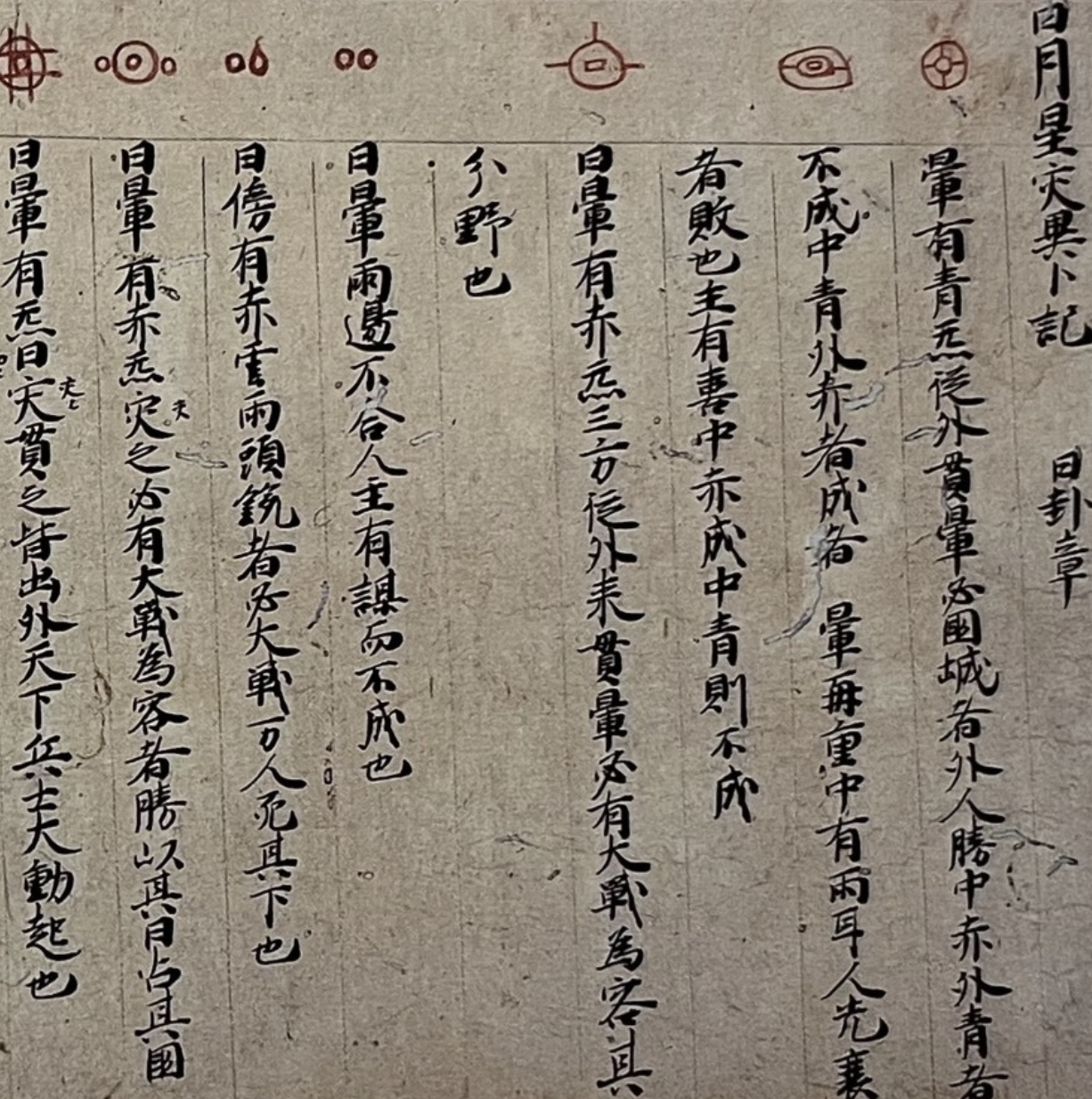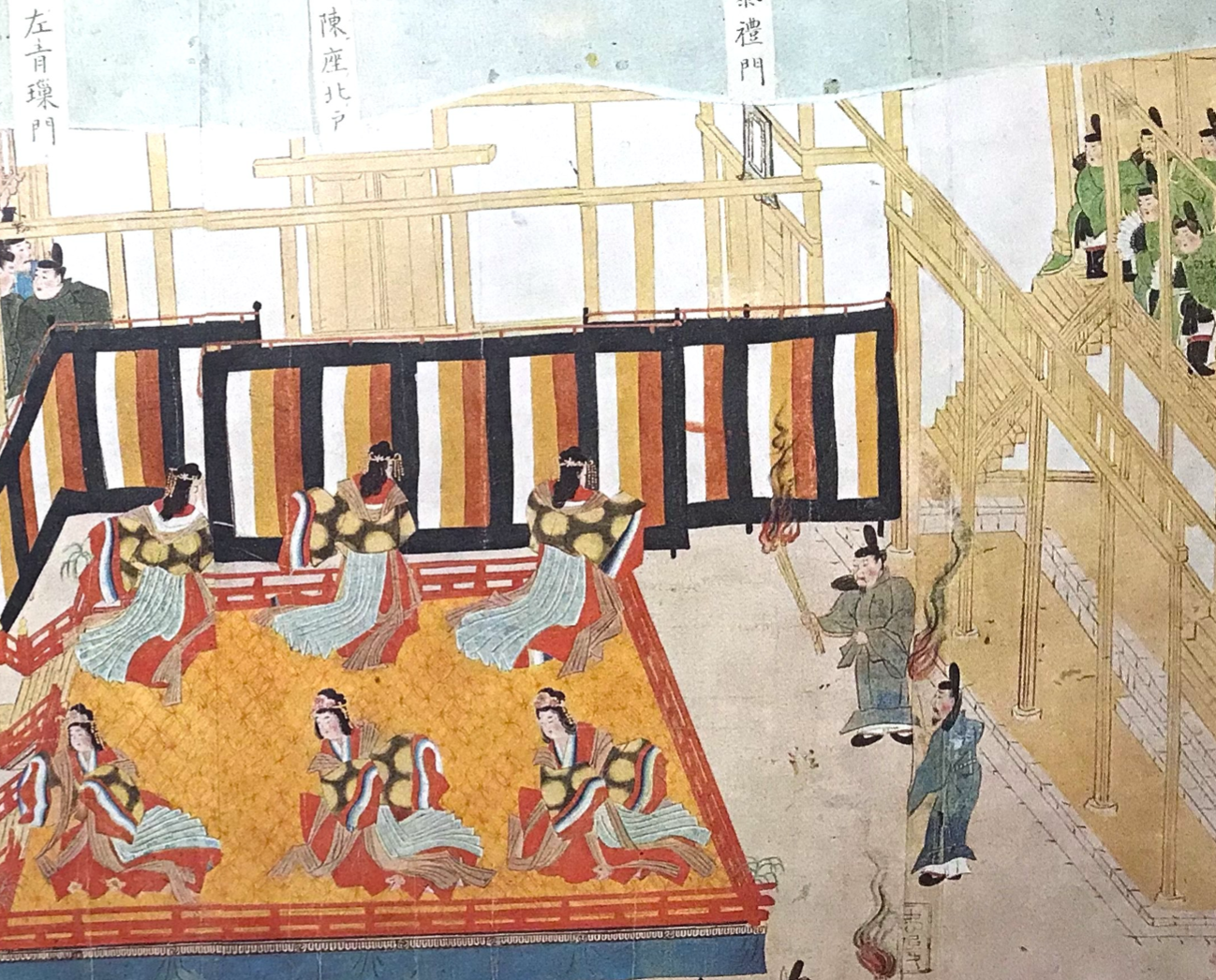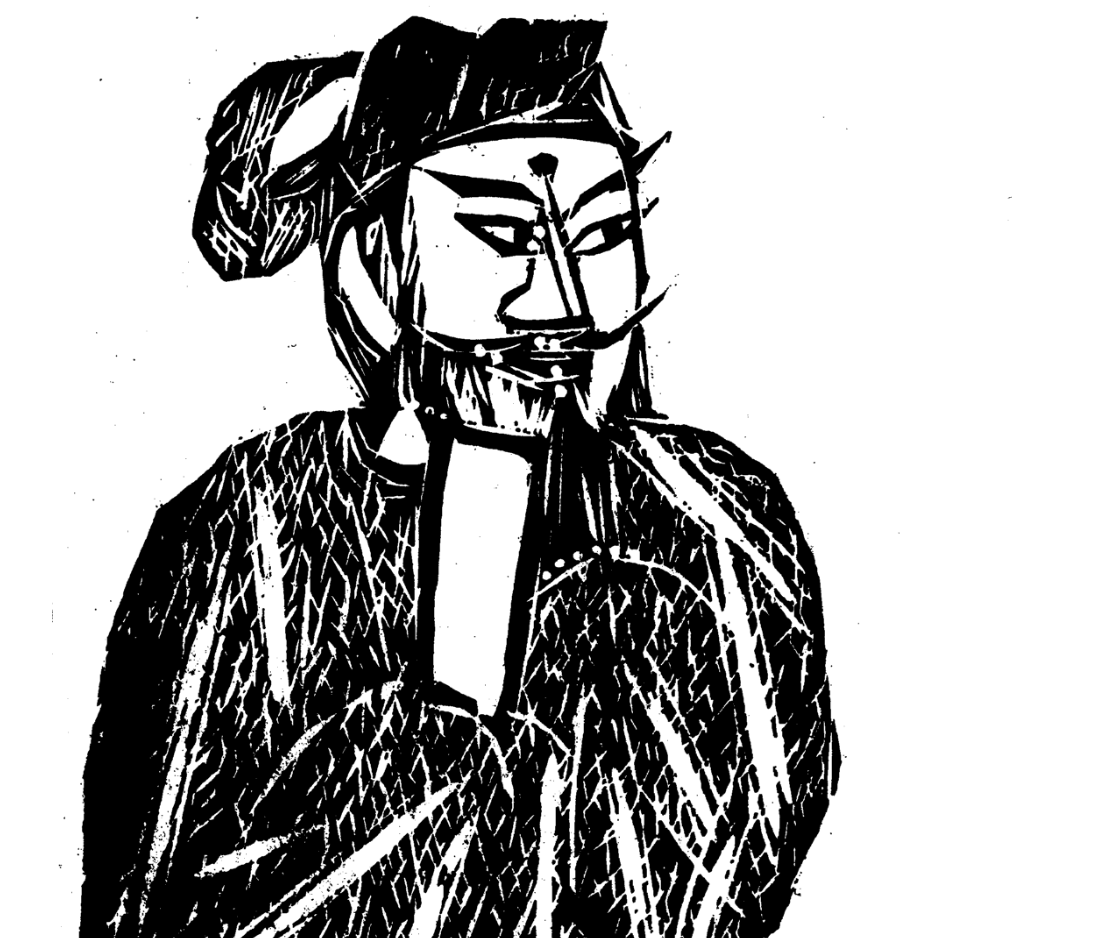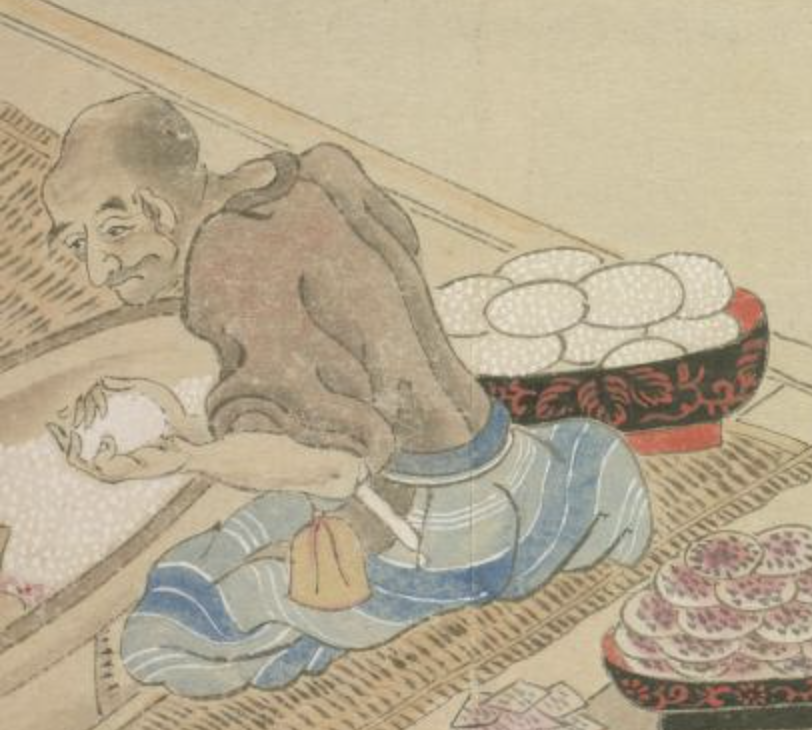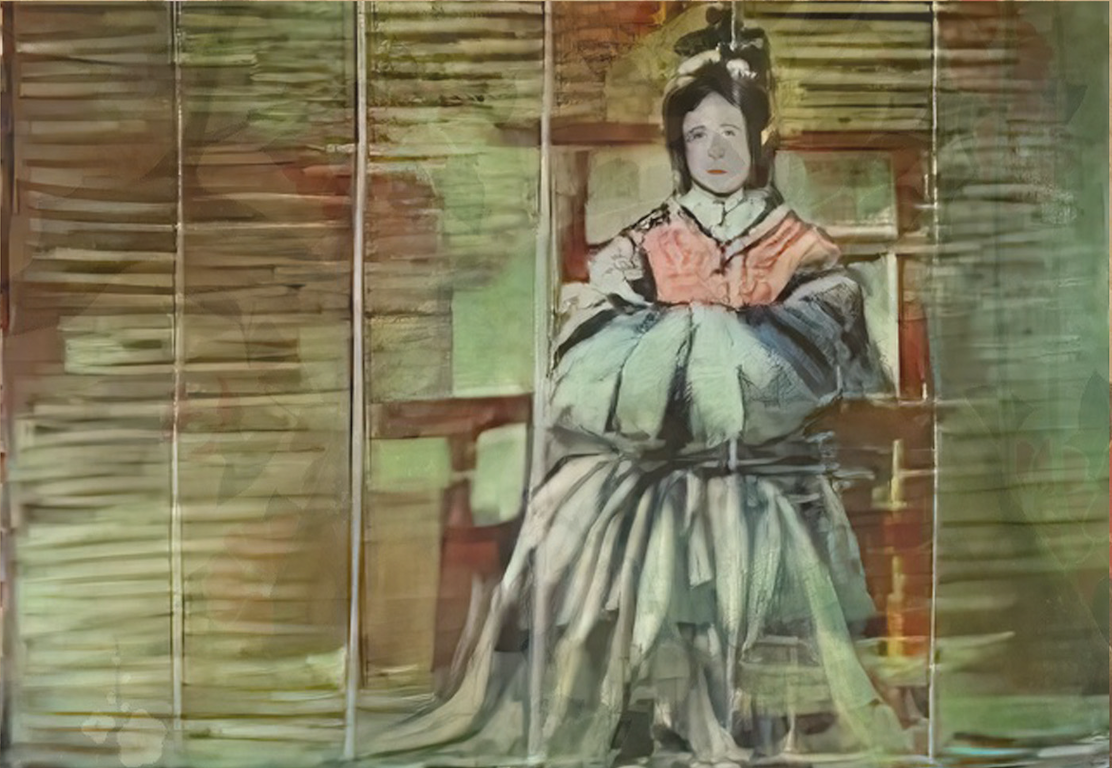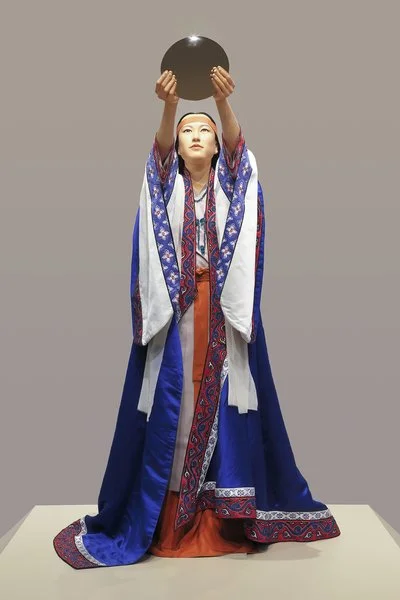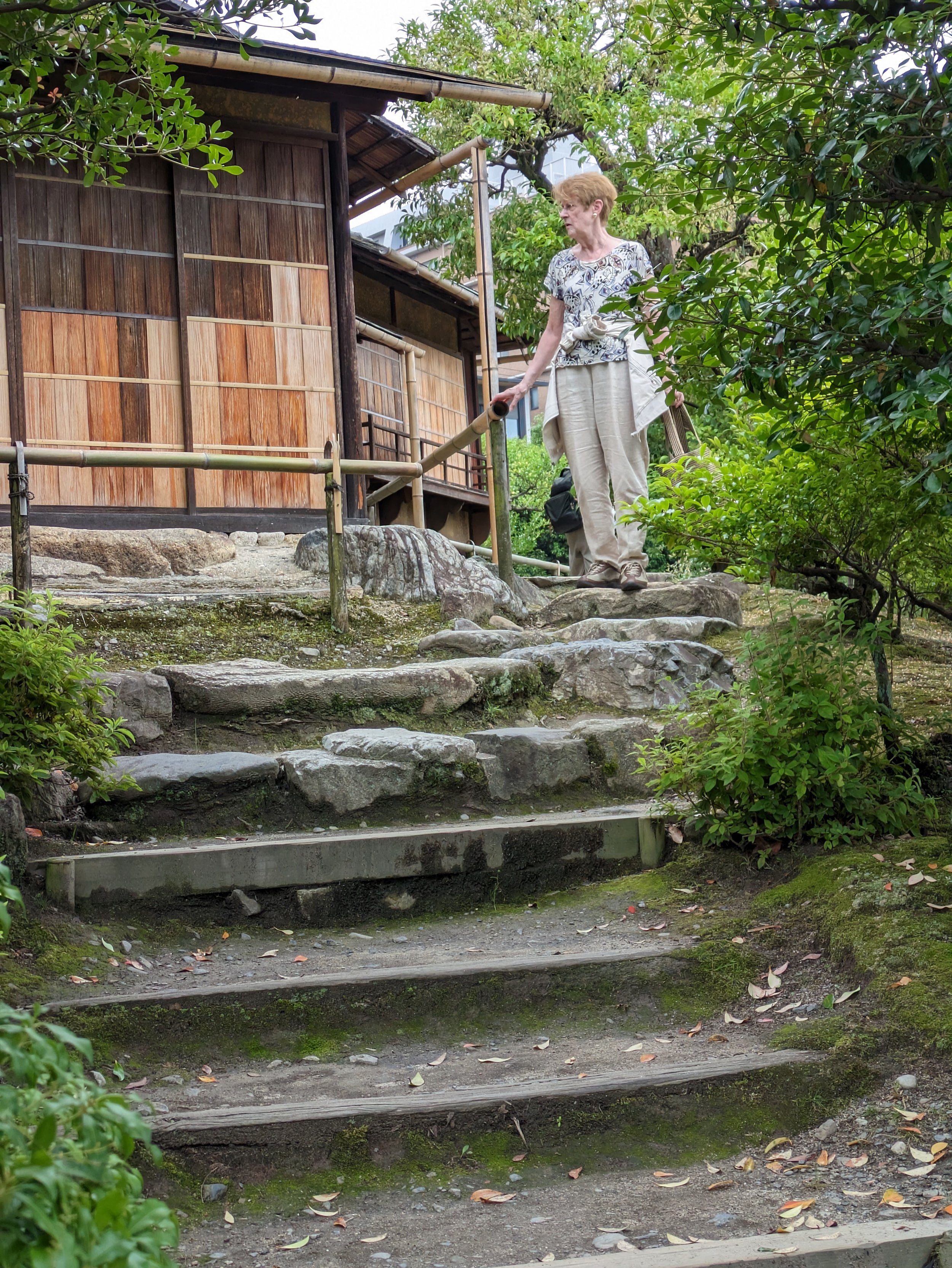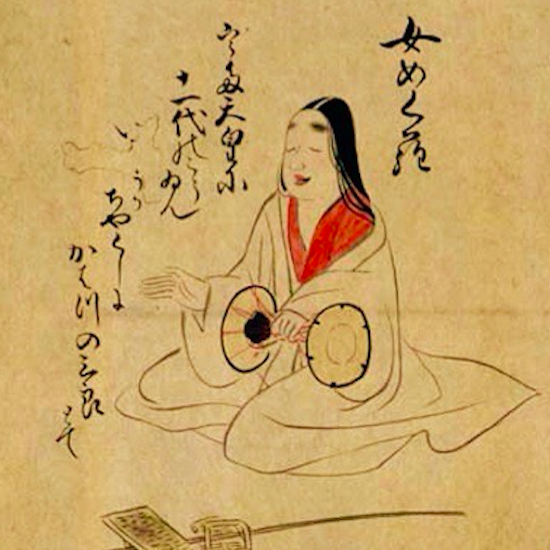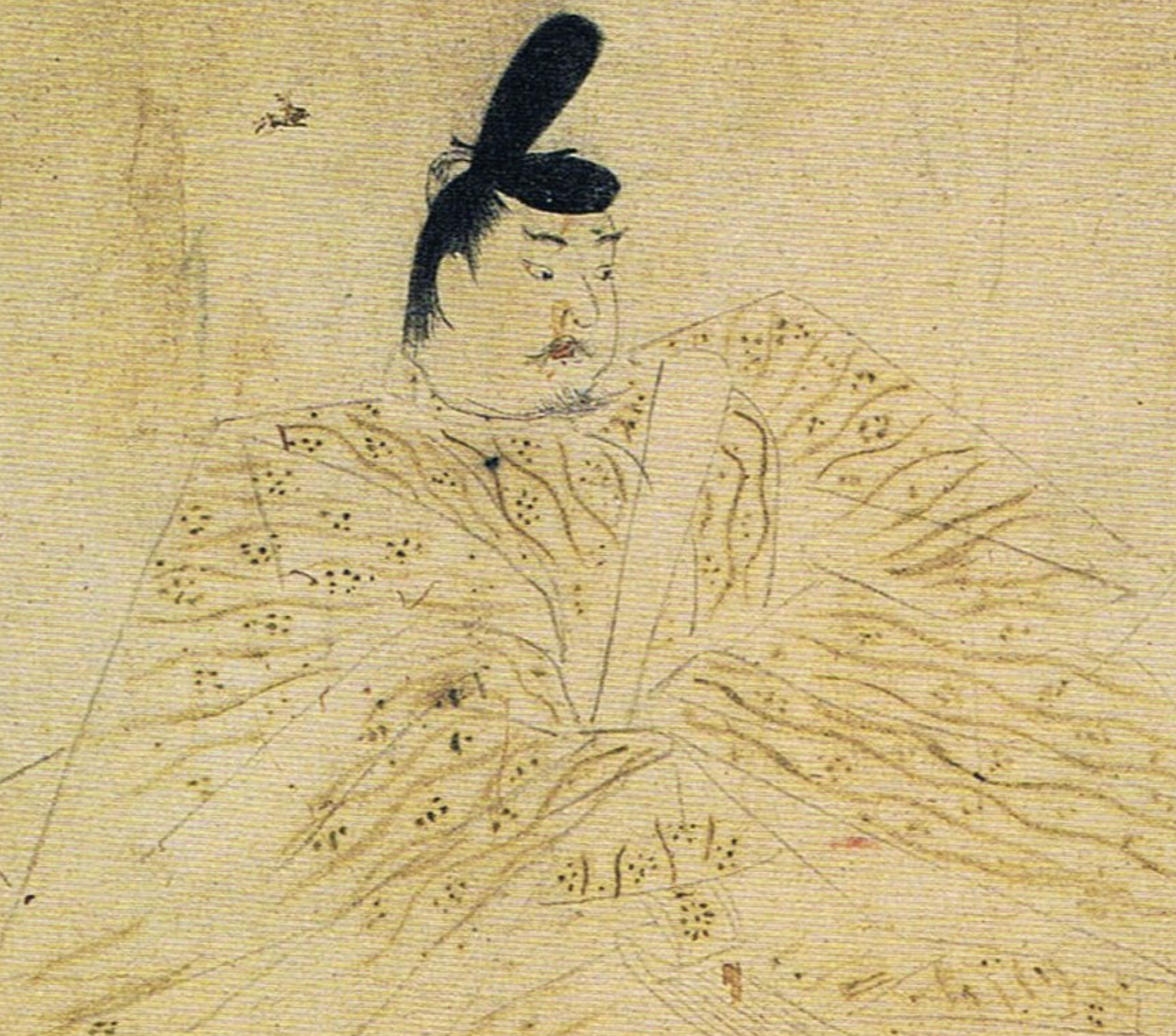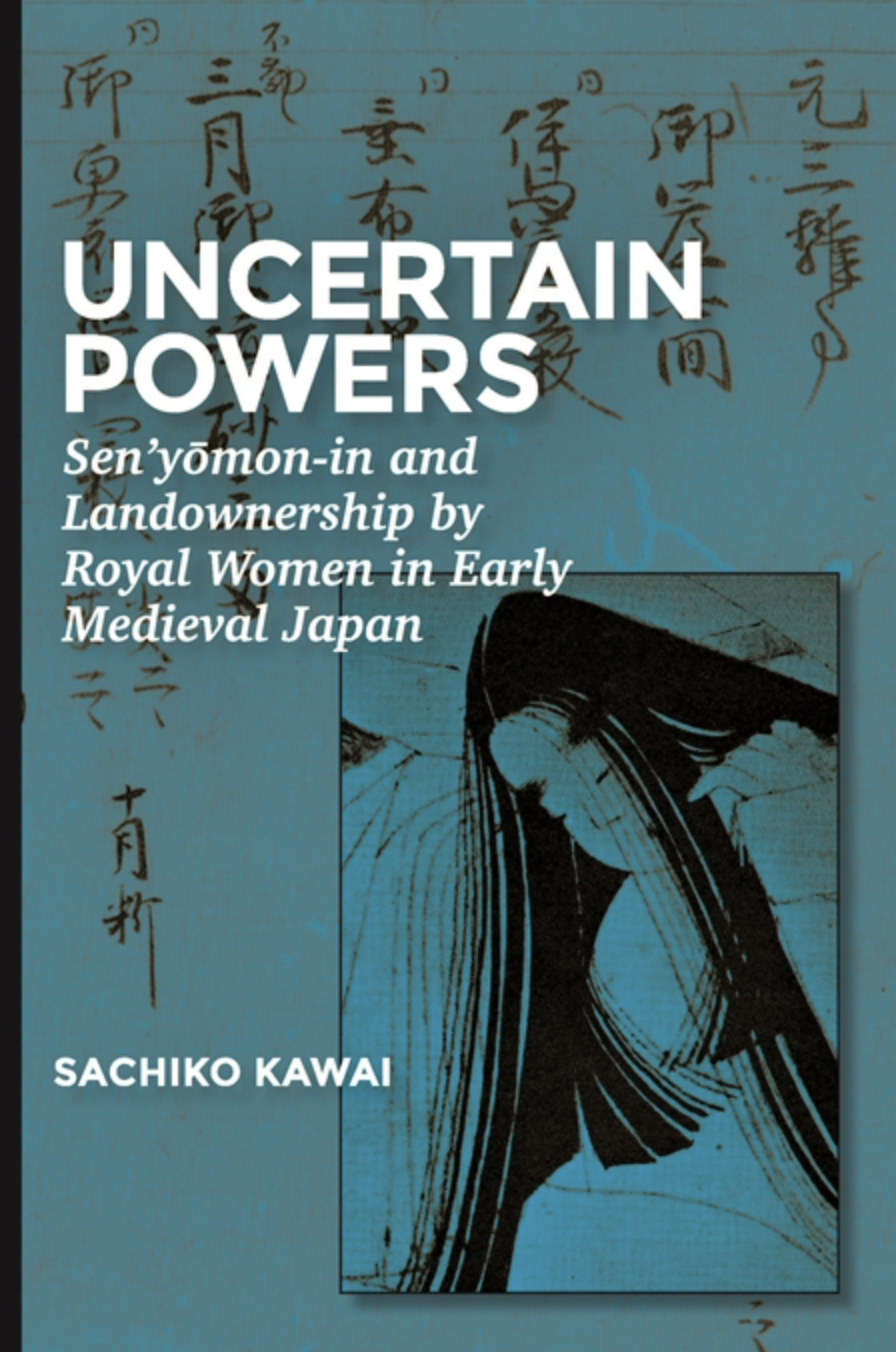Schedule
Friday
10:00-12:00
Introductions
Prof. Lori Meeks: On the Origins of the "Blood Bowl Sutra"
『血盆経』成立史を考える
In Japan, the Blood Bowl Sutra was widely used in rituals aimed at accomplishing the postmortem salvation of women. In this talk I will address the development and spread of the text in China. We will examine Chinese narratives about Mulian saving his mother (and their many variants) and we will also consider how non-Buddhist traditions, including Daoism and Zoroastrianism, influenced this textual tradition and its related practices.
日本では女性の救済儀礼に使用された『血盆経』は、中国で作成され広く流通した経典です。この経典は中国ではどのように理解されてきたのでしょうか。目蓮と彼の母に関する他の中国説話との関係や、仏教以外の宗教に伝わる類似の物語との比較から考察します。
Note: After Prof. Meeks’s presentation, many participants plan to attend the Shinso Ito Center’s film screening of “Carving the Divine”: https://calendar.usc.edu/event/carving-the-divine-film-screening-and-qa-with-director-yujiro-seki
Saturday
1:00-1:45
Dr. Emily Warren: The Tōji Archive and Medieval Temple Food Culture: The 1486 Banquet for Matsuda Kazuhide
『東寺百号文書』と中世寺院の食文化ー文明一八年の松田数秀の宴会について
The year is 1486. Kyoto is reeling from a civil war that has torn the city apart, and the great monastic institutions are determining how they will work together in the new political landscape. In order to celebrate a recent success with the struggling shogunal authorities, the monks of Tōji, a major temple, decide to hold a banquet to fete their allies, ordering edible gifts and fare to demonstrate gratitude. The documentary traces left by this banquet in Tōji’s archive provide a valuable glimpse of medieval temple food culture and the strength of Kyoto’s marketplace. This talk draws on documents from the Tōji Hyakugō Monjo collection to show how we can better understand medieval food culture through unexpected source collections.
『東寺百合文書』を通じて中世の寺院の食文化の姿と寺院の宴会を考察する。ケーススタディの文明十八年の宴会の背景としては、税金免除を得て、感謝を伝えるために宴会を催すことになり、その免除のために東寺と室町幕府の連絡係として奉行人の松田数秀が中心的な役割を果たした。このように、東寺は政治的・経済的な立場を維持するために食べ物と酒を使用していた。食べ物は、点心の素麺や饅頭などを京都の町で手に入れたが、元々はその食べ物のルートは中国から日本のお寺へ、そして日本の食文化に入ってきた。文明一八年の宴会では点心がメインとなり、戒律を守り、魚介や肉など使用されなかったのであるが、酒が飲まれ、中世の寺院の宴会でも酒が大な役割を果たした。さらに食物に関する『東寺百合文書』の史料の多様性を紹介する。『東寺百合文書』は、中世の寺院食文化の意義を表し、特に精進料理の現実と点心の重要性が見られる。
2:00-2:45
Prof. Ken’ichi Sasaki: “An Archaeological Investigation of a Kofun of the Kashima County, in the Old Province of Hitachi”
常陸国鹿島郡域における古墳の調査
This paper considers regional differences in Kofun cultures within the old province of Hitachi with a focus on the southern part of the province. Hitachi, Kazusa, and Shimōsa are distinguished from other old provinces because a provincial governor (kokushi) was assigned to a county rather than a province. In Hitachi, there were provincial governors assigned to, from northwest to southeast, the counties of Taka, Kuji, Naka, Baraki, Tsukuba, and Niihari. There was no provincial governor for Kashima county, however, probably because the chief priest of the Kashima Shrine there acted as the provincial governor. This was a marked difference from, for example, Shinano, where there was one provincial governor for the whole province. The distinction was a reflection of the attitude of the central polity in Yamato to various regions.
Since 2001, I have been investigating large keyhole-shaped and circular mounded tombs in Baraki county, where a provincial governmental compound and provincial temples were built in the eighth century (the Nara period). During this past summer, I started an archaeological investigation in Kashima county. I mapped a keyhole-shaped mounded tomb of some 40 meters in length and collected fragments of haniwa ceramic cylinders on the mound surface. Based on preliminary analysis of the fragments of haniwa ceramic cylinders, it is likely that this small keyhole-shaped mounded tomb was built in the third quarter of the sixth century, which is earlier than we had originally expected. Moreover, we collected a nearly complete fragment of the lid of a stone coffin—it was uncovered in the middle slope of the frontal portion of this tomb, which strengthens our interpretation of the tomb’s dating from the late sixth century. This is because seventh-century tombs in the region had coffins placed at the foot of the tomb rather than in the tomb itself. Since very few mounded tombs were built before the sixth century in Kashima county, this mounded tomb can be assumed to be a very early keyhole tomb in this area.
この発表では、常陸(現在の茨城県)の南部地域に焦点を当てて、常陸国内での古墳文化の地域的差異について議論する。常陸だけでなく、上総・下総(現在の千葉県)では1国に一人ではなく、各郡に一人、一国に複数の国司が置かれたことが知られている。常陸では北から、高国、久自国、仲国、茨城国、筑波国、新治国に分かれている。本発表の対象とする鹿島郡は国司が置かれず、神郡として鹿島神宮の宮司が国司の役割を担っていた。この状況は、国司ひとりが信濃全体を統括していた状況とは明確に区別される。これは、中央のヤマト王権の東山道諸国と東海道諸国への姿勢の違いと想定したい。
さて, 発表者は2001年以来、奈良時代に国府・国分寺がおかれた茨城郡内の大型前方後円墳・円墳を調査してきた。今年の夏は鹿島郡域の古墳を初めて調査する機会を得た。測量調査したその古墳は梶山5号墳として知られ、全長約40mの前方後円墳である。測量調査中、数多くの円筒埴輪の破片を採集することもできた。埴輪片の、特に突帯の特徴に基づき、6世紀第3四半期に築造された可能性が出てきた。これは当初の我々の予想以上に古いものである。さらに前方部中腹で石棺蓋の一部も発見した。常陸南部では特に7世紀になると石棺を墳丘裾に設置する習俗が流行するので、墳丘中腹で石棺を発見したことは、この古墳の築造年代が6世紀第3四半期まで遡るという解釈を補強する。鹿島郡域では、6世紀初頭以前の古墳は稀なので、梶山5号墳はこの地域では初期の古墳として重要である。
3:00-3:45
Guo Xufeng: Arishima Takeo’s Idea of “Instinct,” with Special Reference to Ni’yemon in Descendants of Cain
有島文学における「本能」の可能性――仁右衛門を対象に
Arishima Takeo discussed his theory of “instinct” in his Generous Love Takes Away 『惜みなく愛は奪ふ』(1920). It is considered the compilation of all his thoughts in a single work. In this presentation, I intend to consider what kind of role “instinct” plays in his novels, specifically in Descendants of Cain 『カインの末裔』(1917). Therein the hero Ni’yemon is portrayed as an unruly person who defies the organizational order of a community. He indulges in adultery, violence, and gambling. He finally has a duel with the owner of the Matsukawa Farm. The novel ends with Ni’yemon’s departure from the community because of his defeat. I argue that this conclusion of the novel does not deny Arishima’s idea of “instinct.” Ni’yemon’s violence should be viewed as rebellion against oppression by the capitalist class. I intend to examine how Ni’yemon’s instinct destroys the social order and, in the context of this conflict between a tenant and a farmer, what new possibilities his instinct might bring about..
有島武郎は、『惜みなく愛は奪ふ』(大正9年)で「本能」の可能性を説いている。この評論は有島の思想の集大成と評価されている。本発表では、有島の『カインの末裔』(大正6年)を通して、「本能」がどのように小説内で機能し、また具体的にどのような可能性をもたらすかを考察する。『カインの末裔』の主人公である仁右衛門は、共同体の秩序を無視する乱暴者として描かれている。彼は姦通や暴力、博打にふけり、最終的には松川農場のボスである農場主と対決することに至る。小説は、彼の失敗とともに仁右衛門が共同体から退場する形で結末を迎えるが、この結末から有島の「本能論」を否定してはいけない。その結末に至る道は完全に間違ったとは言い難い。仁右衛門の乱暴は資本家の圧迫に対する叛逆として捉えられる。小作人と農場主の対立構造の中で、彼の「本能」がどのように現存する秩序を破壊し、新たな可能性をもたらすかを検討したい。
4:00-4:45
Reo Kotani: “Who were Intellectuals Who Went into Exile from Modern Japan, and Why?”
近代日本における知識人の亡命状況
I intend to examine who among intellectuals went into exile in modern Japan. In the Meiji era (1868-1912) most of those who travelled abroad were dispatched by the imperial government for study or other purposes. It was virtually impossible for any Japanese citizens to exile themselves for the reasons of governmental surveillance and oppression. During the Taishō era (1912-1926), some Japanese citizens did leave Japan for the Soviet Union in order to avoid the oppression against socialists and communists. Most of these people were purged and killed. In the Shōwa era before 1945, it became extremely difficult for Japanese citizens to go into exile in Western countries because of the war. Accordingly, those intending to exile themselves chose non-Western countries such as China for their destination. An example was KAJI Wataru (1903-1982) who left for China in 1936. His exile there gave him an opportunity to interact with and receive influence from Chinese intellectuals such as Lu Xun (1881-1936) and Guo Moruo (1892-1978).
近代日本から亡命した知識人について検討する。明治期では、海外に出る人の大半は官費留学か、政府による洋行であった。一方で政府による監視や弾圧を乗り越えられず、亡命という選択肢は、ほぼ選ばれなかった。大正期では、社会主義者、共産主義者への弾圧を避けて、ソ連に亡命した人々がいた。しかし、多くはソ連で粛清され、悲惨な最期を遂げた。昭和期では、戦争により欧米圏への亡命が難しくなったことで、中国のような西欧諸国以外への亡命が発生した。これにより西欧諸国では持ち得なかった人的交流から影響を受けた鹿地亘 (KAJI Wataru) のような知識人がいた。近代日本では、わずかな人々が政府による激しい弾圧を乗り越えて亡命した。彼らは亡命先で不自由だったが、亡命した経験から、自身の思想に新たな展望を見いだせた例も存在した。
Sunday
1:00-1:45
Dr. Sachiko Kawai: Connecting Japan’s Past and Present: YouTube as a Tool for Japan Studies
日本の過去と今の接点を探して—YouTubeを通して日本史・地方文化を世界に発信する
When I was a student of premodern Japanese history, visiting historical sites tremendously helped me to understand how past events, ideas, and materials are interconnected with today’s Japan and Asia. It also inspired me to ask questions that led me to further investigation. My channel—Sachiko Exploring History—invites a broader audience to this experience by introducing Japanese places along with histories, cultures, food & drinks, businesses, religions, and beautiful landscapes.
In the fall of 2023, visitors to Japan reached pre-pandemic levels, and in 2024, the numbers even surpassed those of the pre-COVID era. Unfortunately, however, many of the visitors stopped with visiting just well-known cities and tourist spots, focusing on “Japan” today while missing local beauties and historical remains. I would like people to realize that modern Japan did not emerge from a vacuum. Through my videos I aim to make people—both Japanese and English speakers across different age groups—more interested in Japanese history. In addition to Japanese local products and cultures, I would like them to see the amazing intersections between past and present. I believe that such discoveries will lead them to embark on further investigations on their own.
During this event, I will focus on a few videos, but if you are interested, you can access the channel and watch anything you like from this link:
https://www.youtube.com/@sachikoexploringhistory
今回の発表では、YouTubeチャンネル、「Sachiko Exploring History(Sachikoの歴史探検!)」を紹介し、それを始めることになった誘因や目的、YouTube動画作成のやりがいと課題について説明する。(チャンネル:https://www.youtube.com/@sachikoexploringhistory)
今振り返ってみると、「Sachiko Exploring History」が生まれる契機は、私が院生の頃から芽生えていたと思う。文書に残されたアイデアやモノ、出来事や地名に関わる現場を訪れることが好きで、それを探し求めて、遥か昔にそれが存在した場所を訪れた。そうすることで、色々な人に会うことができ、思わぬ情報を得たり、新たな質問を見出したりできたことは、私の人生における貴重な財産と蓄積になったと信じている。「Sachiko Exploring History」は、そのような研究を進める過程で味わった素晴らしい体験をより多くの人々と---アカデミアという領域を超えて---共有するために、2023年の秋に立ち上げた。歴史・文化に関わる個々の場所、人々、地元の食生活、産物、宗教、素晴らしい景観など、幅広い要素をカバーすることを目指している。
ポストコロナの旅行ブームと円安も手伝ってか、現在、日本には世界から多くの観光客が訪れている。ただ、大半が東京・大阪・京都などの大都市中心の旅行に留まり、地方の歴史や文化を見逃している傾向がある。「Sachiko Exploring History」は、現代日本の様々な箇所には、その過去との接点があり、それを感じたり、発見したりすることの楽しさや驚きを国際レベルで伝えることを目的としている。また、それを伝えることを通して、言語や地理的情報、資史料などについても紹介することを目指している。このチャンネルの各動画が将来、日本やその歴史文化に対する幅広い層の興味関心増進をはかり、今度は視聴者が新たな質問の答えを探しに、自身の探検に赴いてくれることを心から願っている。
2:00-2:45
Dr. Lisa Kochinski: Post-Disaster Memorial Services: Focusing on Segaki in Late Medieval Zen Buddhism
災い後における供養:中世後禅宗の施餓鬼を中心に
As the numbers of victims from famine and war rose from the 14th to the 16th centuries, there was a concomitant need for pacification and memorial services. In particular, the Zen sect Segaki rite, which was based on Song-period texts, was performed both in the capital and in the provinces to memorialize the spirits of those who died in famine and war. This presentation will trace the process of the widespread development of Segaki through historical sources and dedication prayers found in Zen monastic regulations composed in Japan.
十四から十六世紀にかけて、飢饉・戦乱の犠牲者の数が増えるにつれて、鎮魂・供養の必要もありました。特に、宋代のテキストに基づく禅宗の施餓鬼会は、飢饉・戦没者の霊魂を供養するがために、京都でも地方でも営まれました。この発表は、史料と日本で編纂された禅宗の清規に見られる回向文を通じて、施餓鬼の広範な展開の過程を辿ります。
3:00-3:45
Sophie Calderon: The Relationship Between Language Ownership and Identity in Japan
日本における母国語の所有権とアイデンティティの関わり
The definitions of Japanese identity and Japanese language are often associated with one another, leading to a phenomenon we observe as “Japanese language = Japanese identity.” Japanese language author Ian Hideo Levy wrote about his experiences regarding the relationship between language, race, culture, and nationality, and how this connects to what he calls Japanese language ownership. In a recent essay, I argued that the idea of Japanese language ownership is connected to the relationship between Japanese language and identity. Specifically, I analyze the development of these ideas and their connection to the nationalistic rhetoric in Japan during World War II and the Japanese language education system. And although postwar changes influenced language education, my view is that the association between Japanese language and identity simply took different forms instead of disappearing. As Japan continued to globalize, the idea of multiculturalism contributed to the formation of stereotyped identities, ultimately undermining the goal of diversity. By using a contemporary Japanese commercial as an example, I analyze how these phenomena manifest both within the commercial and in controversial responses to the commercial. My perspective is that of a Japanese American non-native Japanese speaker who does not seem to fit the standard Japanese identity, and I consider my own relationship with the possibility of Japanese language ownership.
「日本人」と「日本語」という言葉は日常で無意識に多く使われるが、それらは日本における「日本人」と「日本語」の基準を決定し、日本人の理想的なアイデンティティと言葉となる。その二つの言葉が深い関わりを持ち、現在にも「日本語=日本人」という記述が見られる。アメリカ生まれの小説家であるリービ英雄は、「言語=人種=文化=国籍」というイデオロギーを紹介し、「所有権を分ける」という言い方を使い、「日本語の所有権」に関わる自分の経験について述べている。本稿では、まず日本における母国語が日本人のアイデンティティの形成にどういう役割を果たしてきたのかについて注目し、その形成に密接に関わってきた日本ナショナリズムと日本語教育、及び、アイデンティティの問題を扱った現在のCM を例として日本語の所有権という現象について考えていく。特に、日本人のアイデンティティ及びステレオタイプにより、リービ英雄のような日本民族に属さない日本語話者、及び、著者のような日本語が母語でない日系人が日本語の所有権を持つ権利があるのかについて考えていくのが本稿の目的となる。そして、「日本語=日本人」という概念は絶対的事実でないゆえ、だれが日本人の枠組みに属すか、だれが日本語の所有権を持つ権利があるのかを再考することを願うものである。
4:00-4:45
Elinor Lindeman: Nyoirin Kannon as the Savior of Women in Heian-Kamakura Japan
如意輪観音:平安鎌倉時代女性の救済者
This presentation will explore the development of the cult of Nyoirin Kannon in Japan, and its transition from imperial protector to savior of women. I will begin by introducing Nyoirin and her importance to the imperial family, including her centrality in fertility rites for the production of heirs. As the Heian and Kamakura periods progressed, noble women increasingly relied on Nyoirin Kannon for a variety of woman-centric concerns. Key to this shift is the Nyoirin cultic center, Ishiyamadera. I will demonstrate that Ishiyamadera monks actively encouraged the connection between Nyoirin Kannon and women by reproducing certain narratives of women’s visits to the temple. Lastly, I will take a brief look forward to Nyoirin's importance in the Blood Bowl Sutra cult of the Muromachi period and beyond.
この発表においては、日本における如意輪観音信仰の展開を追求します。特に、皇室における守護者如意輪観音としての役割から女性全般の救済者たる同観音へ、との変化を紹介します。皇室においては後継者確保のための重要な儀式における如意輪観音の役割が、平安から鎌倉時代への推移に連れて、貴族の女性たちが自らの悩みを解決するため、同観音に帰依するようになりました。この傾向は滋賀県の石山寺によって助長されました。石山寺の僧たちは縁起や物語文学によって如意輪観音と女性を強く結びつけ、女性たちの寺への更なる参詣を促したのです。最後に、室町時代からみられる血盆経信仰における如意輪観音の役割について少し考察を加えます。
